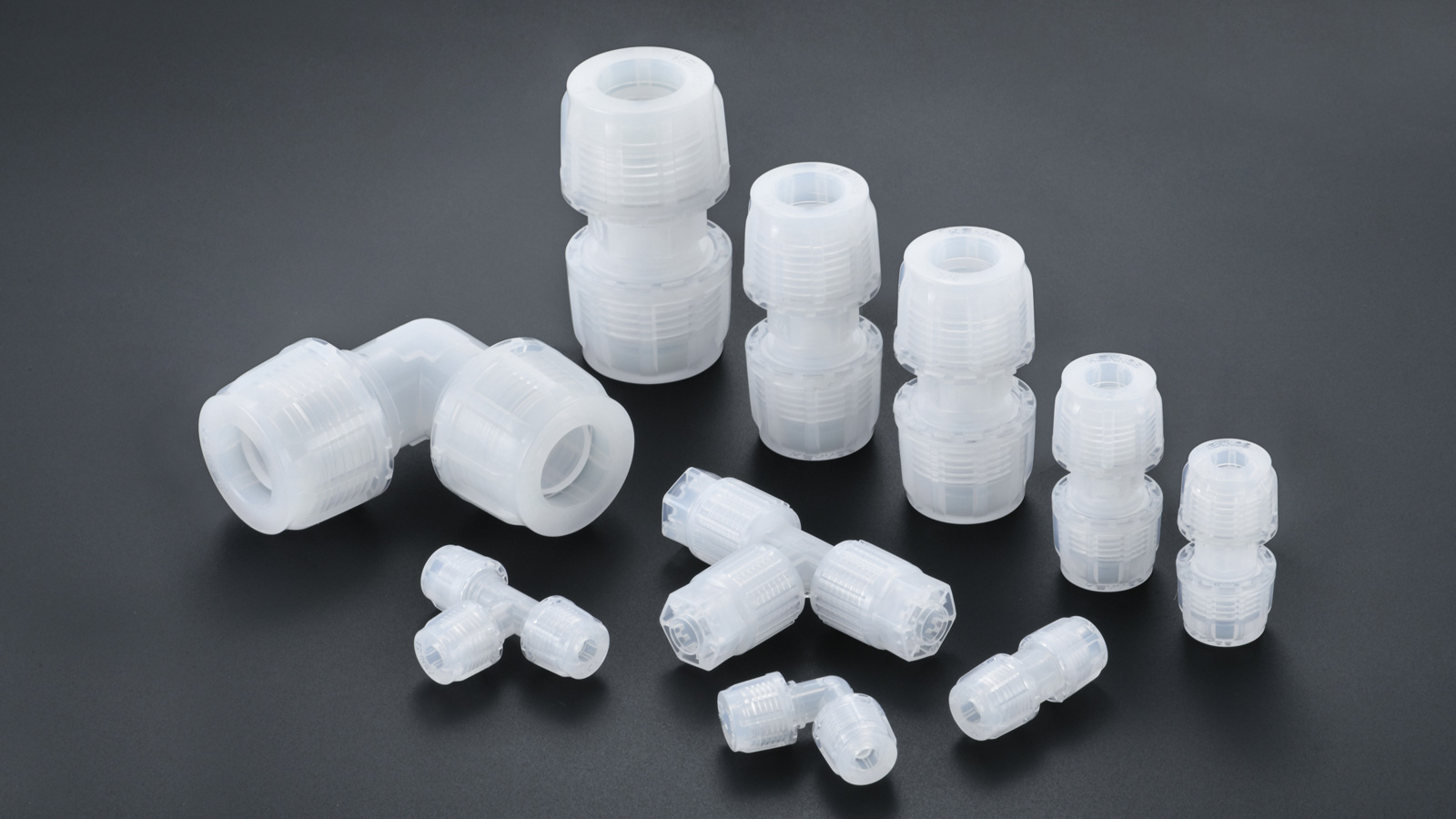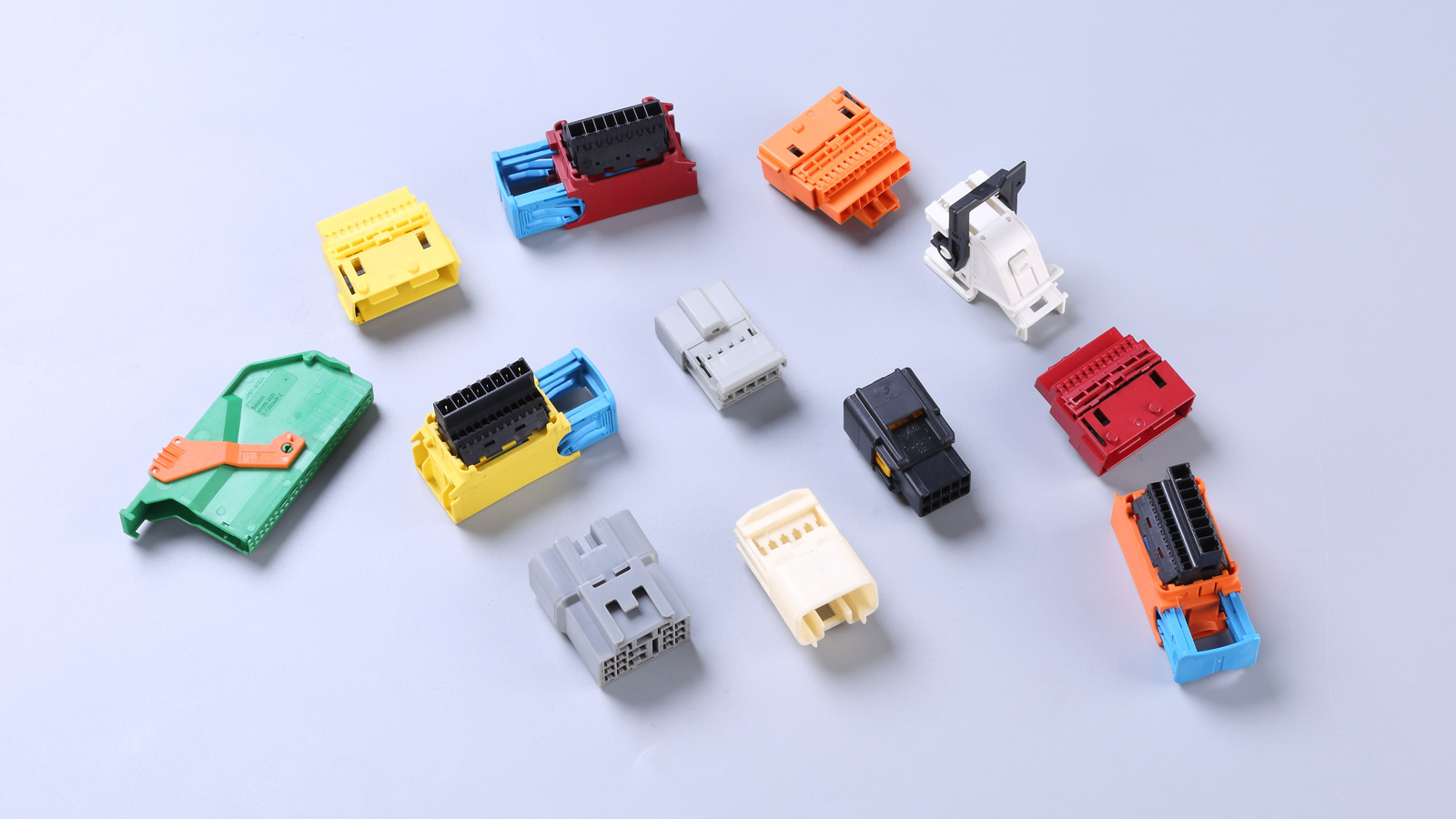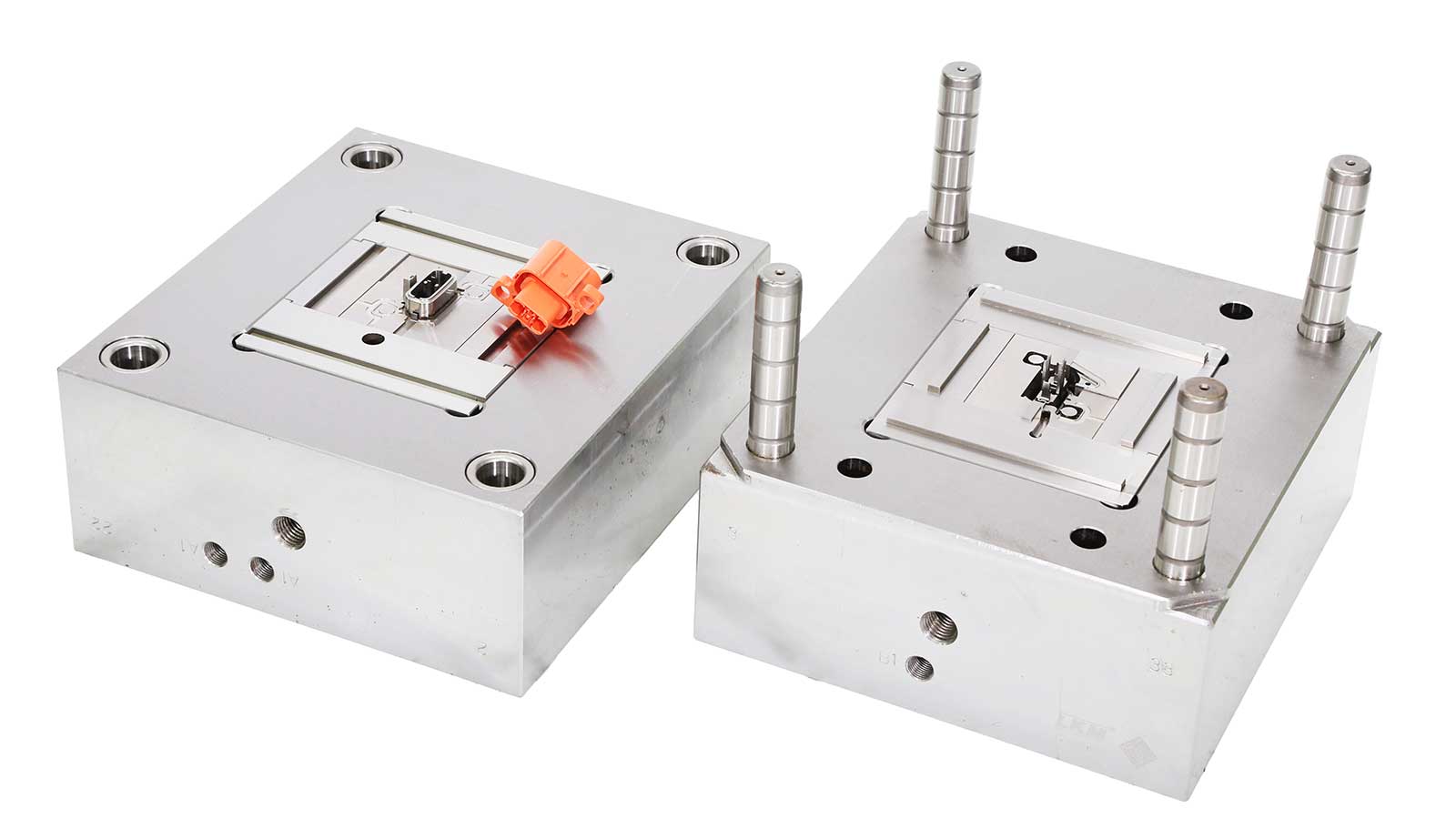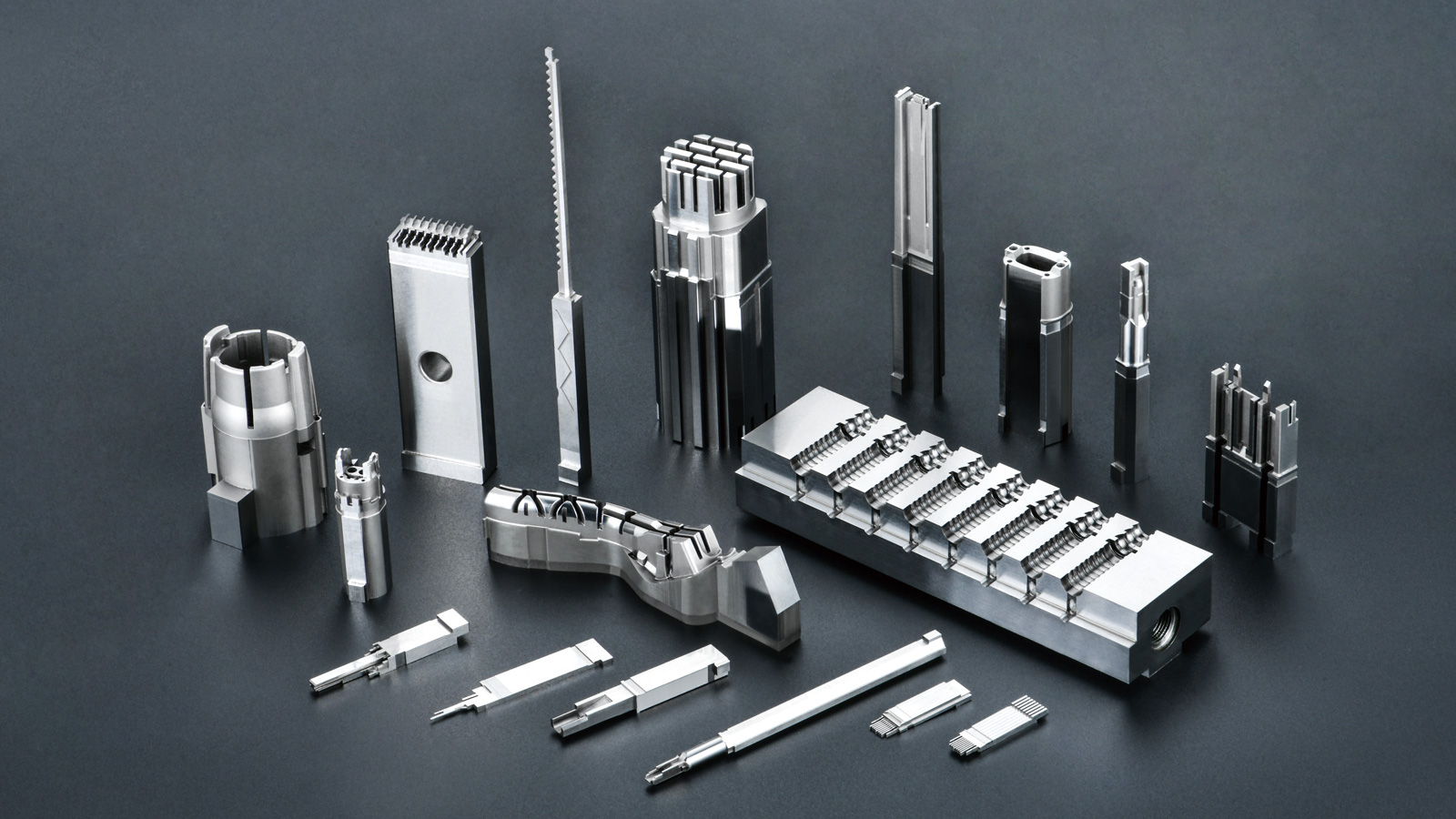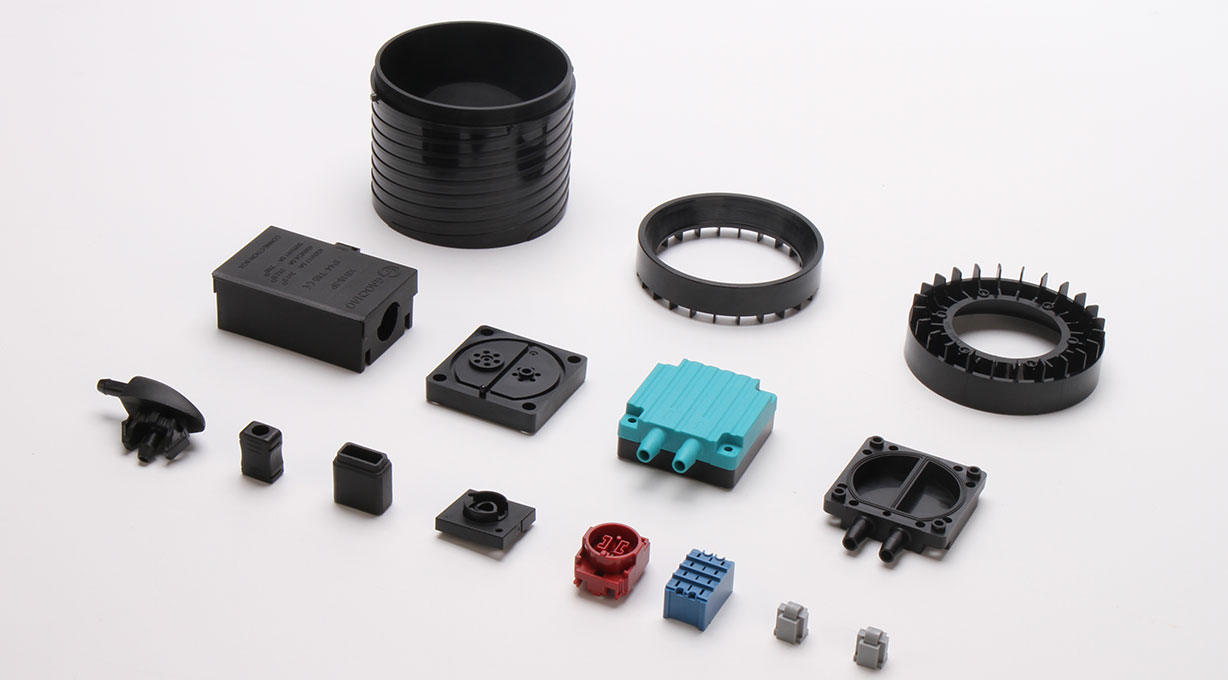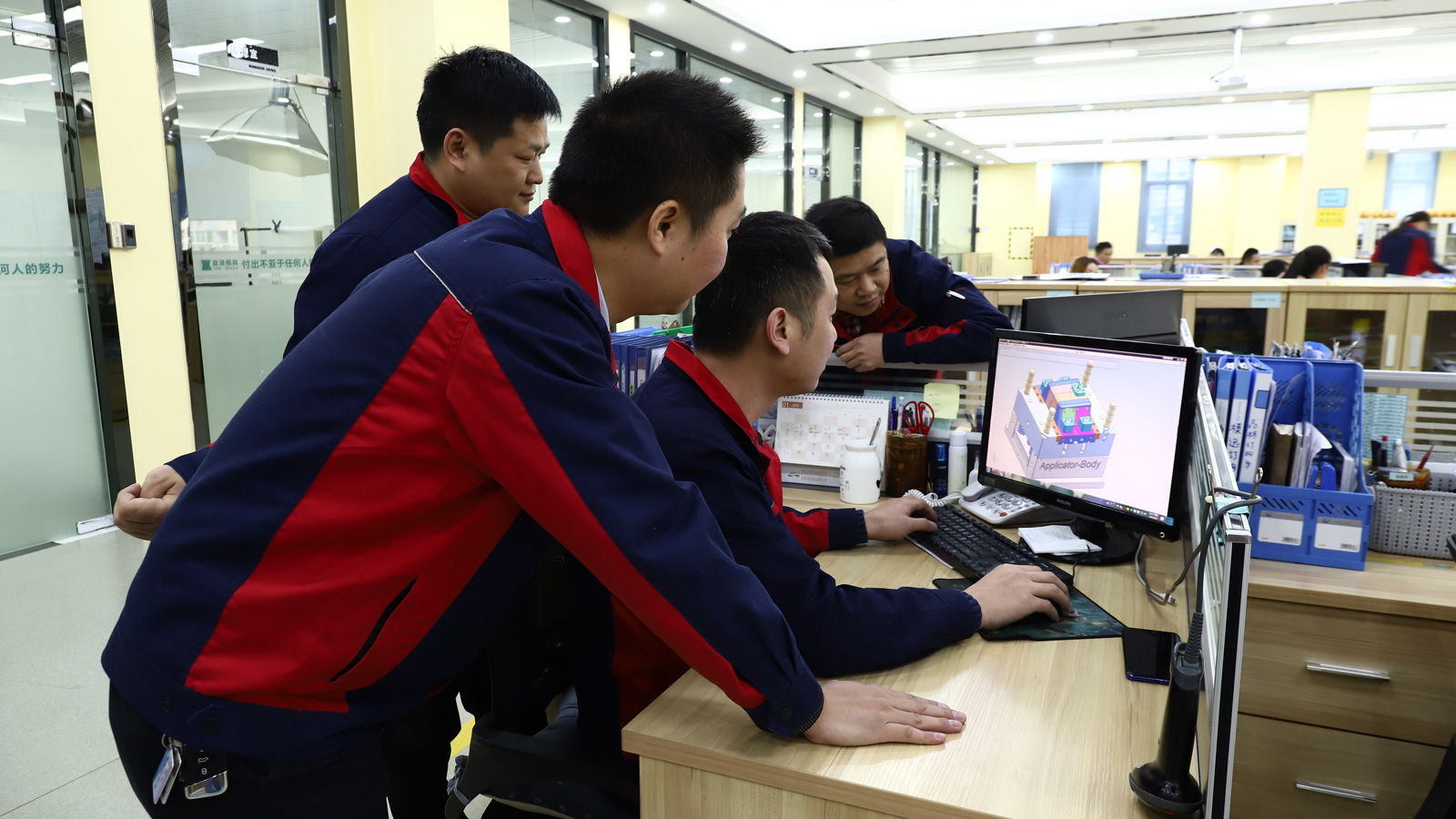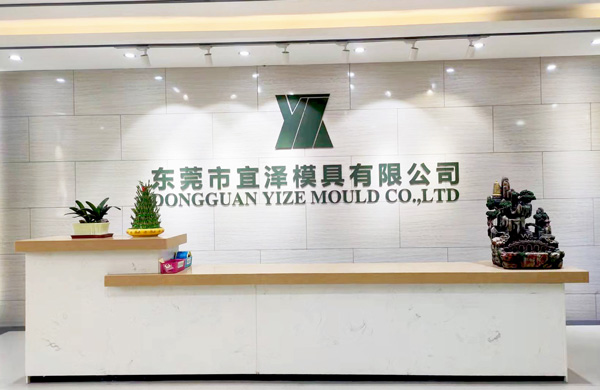In the field of injection mould design, the variation in shrinkage rate is a crucial factor that cannot be ignored, as it directly affects the quality and precision of plastic parts. So, how should one effectively deal with the changes in shrinkage rate during injection mould design? Below is a detailed explanation.
Accurately Set Initial Shrinkage Rate
In the initial stage of injection mould design, engineers usually determine the shrinkage rate for each part of the plastic part and then calculate the cavity dimensions based on the shrinkage range of various plastics, the wall thickness and shape of the plastic part, as well as the form, size, and distribution of the gate, relying on their rich experience. However, for high-precision plastic parts or cases where it is difficult to accurately grasp the shrinkage rate, more detailed and flexible methods need to be adopted.
Five Methods for Dealing with Shrinkage Rate Changes in Injection Mould Design
Smaller Outer and Larger Inner Shrinkage Rates to Allow for Adjustments
Engineers will choose a smaller shrinkage rate for the outer diameter of the plastic part, while for the inner diameter, a larger shrinkage rate is used. The advantage of this approach is that it leaves sufficient room for adjustments after the trial moulding. In the actual injection moulding process, the actual shrinkage of the plastic part may deviate from the expected value. By setting a smaller shrinkage rate for the outer diameter and a larger one for the inner diameter, more flexible size adjustments can be made during subsequent corrections to ensure the precision of the plastic part.
Determine Moulding Parameters through Trial Moulding
Trial moulding is a crucial step in the injection mould design process. Through trial moulding, engineers can determine the form, size of the gating system, and the moulding conditions. Different forms and sizes of the gating system will affect the flow and filling of the plastic, thereby influencing the shrinkage rate of the plastic part. Moulding conditions, such as temperature, pressure, and injection speed, also directly affect the moulding process of the plastic, leading to changes in the shrinkage rate. Therefore, trial moulding is a key step in obtaining actual shrinkage data and optimizing moulding parameters.
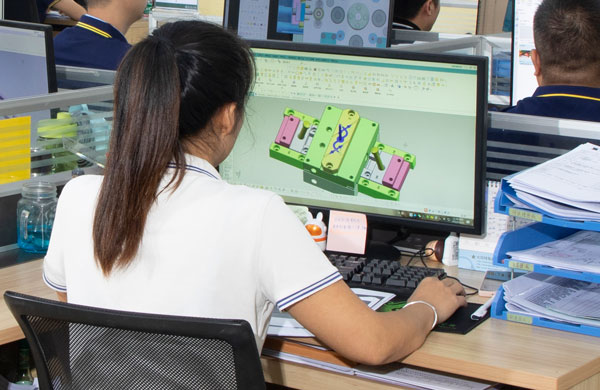
Clarify Dimensional Changes through Post-Processing
For plastic parts that require post-processing, measurements should be taken 24 hours after demoulding (this is a necessary time point, as measuring too early may result in inaccurate dimensions) to determine the dimensional changes during the post-processing. Post-processing, such as annealing and humidification, will change the internal stress state and molecular structure of the plastic part, thereby affecting its dimensional stability. A solid basis can be provided for subsequent mould corrections by accurately measuring the dimensional changes before and after post-processing.
Correct the Mould Based on Actual Shrinkage
The injection mould should be corrected according to the actual measured shrinkage situation. This is the core link in ensuring the dimensional precision of the plastic part. Engineers will adjust the cavity dimensions of the mould according to the differences between the actual and expected shrinkage amounts of each part of the plastic part. The correction process requires rigorousness and meticulousness, as any small mistake may lead to the plastic part being out of specification.
Fine-Tune Process Conditions during Re-trial Moulding
During the re – trial moulding, the moulding process conditions can be appropriately changed, such as slightly adjusting the temperature, pressure, and injection speed, to further correct the shrinkage value and meet the requirements of the plastic part. This is because even after mould correction, due to various factors, there may still be some deviation in the shrinkage rate of the plastic part. By fine-tuning the process conditions, the moulding process of the plastic part can be further optimized, making its shrinkage rate closer to the expected value.
Dongguan Yize Mould Co., Ltd. was founded in 2007, with its headquarters located in Dongguan, the capital of the manufacturing industry, where transportation and logistics are extremely convenient. As an enterprise that has been deeply engaged in precision mould design and manufacturing as well as precision injection – moulded product production for many years, the company focuses on a complete set of solutions including the design, precision mould manufacturing, injection moulding and assembly, and after – sales service for products such as automotive connectors, medical product injection moulding, dust – free injection moulding, and PFA custom injection moulding. If you have relevant needs, please feel free to call us at +86 13302615729 (WeChat and Whatsapp with the same number). With professional technology and rich experience, we will provide you with the best-quality services.

